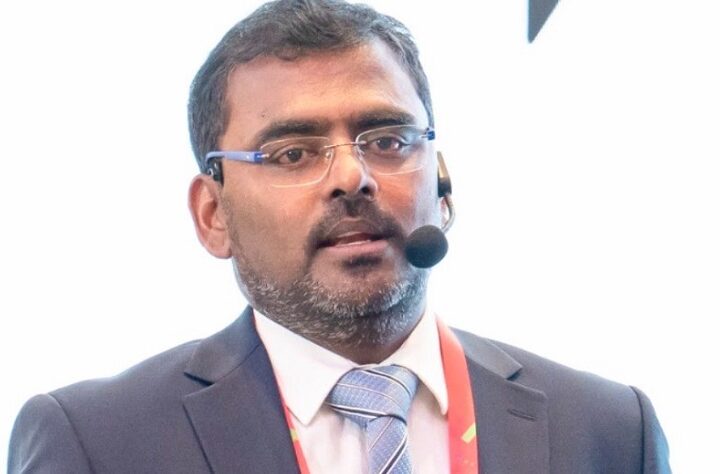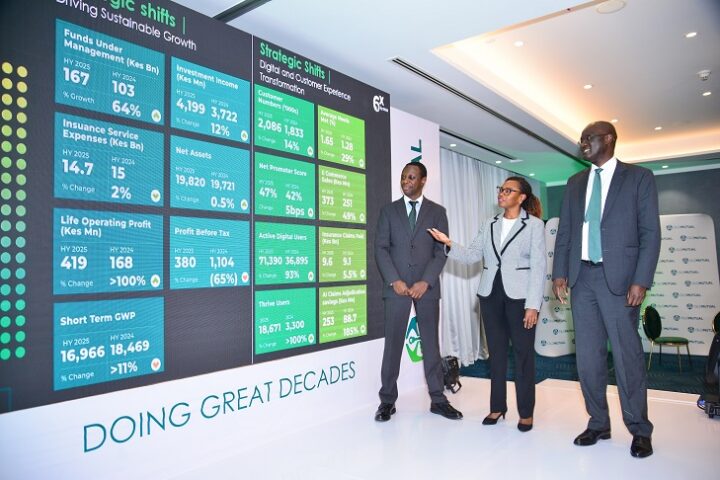Technology firm Acer has announced a strategic shift of its East African operations, shifting from traditional device sales to a purpose-driven approach focused on public sector partnerships and digital equity in education.
Speaking during a partner forum in Nairobi recently, Grigory Nizovsky, Acer’s Vice President for Europe, Middle East, and Africa (EMEA), revealed that the company is pivoting toward direct collaboration with schools, universities, and government agencies in Kenya. The renewed strategy aligns with the country’s ongoing investments in education technology and digital learning infrastructure.
“The public sector and education are our top priorities. Wherever digitization is happening, especially in education, we want to be part of the solution,” said Nizovsky. “We’re ready to bring integrated, scalable solutions that go beyond hardware.”
This shift marks both a global strategy realignment and a direct response to Kenya’s push for universal digital literacy. Although Kenya’s flagship Digital Literacy Programme (DLP) has distributed over one million devices to more than 20,000 public schools, significant challenges persist, including gaps in infrastructure, teacher training, and integration into classroom instruction.
“Digital literacy is no longer a luxury, it’s the foundation of economic participation,” said Education Cabinet Secretary Julius Migosi during a recent summit. “We must match hardware deployment with human capital investment.” he explained.
Acer sees an opportunity to bridge this disconnect. Beyond supplying education-grade devices, the company plans to roll out training programs, financing models, and locally tailored solutions. Partnerships with financial institutions will enable flexible payment options for schools, county governments, and households, lowering the cost barrier to access.
Nizovsky also expressed Acer’s interest in supporting local assembly efforts, a move in line with the Kenyan government’s push to strengthen domestic value chains through special economic zones and local production. “We can customize products and support local assembly initiatives,” he added. “This not only reduces cost but creates jobs and builds capacity within the country.”
These developments are positioning Kenya as a live testbed for scalable, cost-effective edtech interventions. With an increased allocation of Ksh 3.2 billion to the DLP in the 2025/26 budget—a 9.5% rise from the previous cycle, momentum is building. However, education boards have raised concerns about ring-fencing funds to ensure they are directed at instructional outcomes, not administrative overheads.
Sector experts warn that without coordinated efforts to align teacher training, content localization, and infrastructure development, Kenya risks repeating past mistakes, creating digital classrooms that are digital in name only.
“We’re not just here to sell devices,” Nizovsky emphasized. “We’re here to help build resilient, context-specific digital learning ecosystems that reflect the needs of Kenyan learners and educators.”
The success of Acer’s approach will depend on execution, how effectively it can partner with government, educators, and development partners to deliver impact at scale. If done right, Kenya could emerge as a continental leader in integrated, inclusive digital education.
Related Content: It Is Time For Kenya To Treat Technology As Infrastructure













